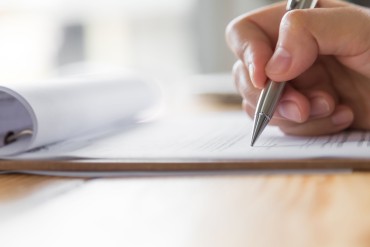« Medicine is the art of imitating the
curative processes of nature » - Hippocrate
Admission criteria

Massage Therapist
The therapist who wishes to join the RMQ in order to obtain the status of Massage Therapist must provide:
- A form of admission duly filled;
- A proof of the training, in particular, a transcript, a certificate or an official diploma [1];
- The photocopy of an ID card confirms with photo [2] ;
- The payment of its annual membership fees.
[1] Training must be of 400 hours and more.
[2] The massage therapist must be 18 and over, a Canadian citizen or an authorised resident or must hold a Canadian work permit.
The subjects taught and the number of hours may vary according to the same training schools. To be approved, it must be noted that training that seems appropriate must respect RMQ standard. After study of the therapist’s file by the admission comity, the ANQ reserves the right to extend credit course equivalencies when the training record allows it.
The basic RMQ norms and standards are consistent with the different accepted schools in Quebec, from which students are admissible to the principal associations and groups.
The subjects taught and the number of hours may vary according to the same training schools. The RMQ reserves the right to extend credit course equivalencies when the training record allows it.
Description of the basic massage therapy program (400h)
Basic physical technics
With a minimum of 150 hours
- Swedish massage, Californian massage, Shiatsu, Esalen Massage, Amma, neo-Reichian Massage, Jin Shin Do, Polarity, Thai Yoga Massage, Traditional Chinese, Sports Massage, Shiatsu therapy, Momentum, Ayurvedic, Etc.
Humain body
Anatomy and physiology
- Anatomy : 45 hours
- Physiopathologie: 45 hours
Practical applications
Aromatherapy, hygiene and posture
Counselling, listening, bookkeeping, professional practices
Clinical internship / Supervised practice
- Sexuality and professional practice: 45 hours
- Counselling: 30 hours
- Training and supervision: 30 to 60 hours
- Interviewing technic and bookkeeping: 20 hours
Professional supervision
Professional ethics and conduct, legal and sectorial portrait
- Professional aspects: 15 hours
- Ethics and legal aspects: 30 hours
Masso-Kinesiotherapy program description - 400 to 600 hours
Theory component
Study of the biomechanical and anatomical knowledge through various observations in articulatory, vertebral, neurological and inflammatory pathologies.
Practical component
Knowledge of movement as a corrective therapeutic tool and attainment of appropriate techniques in dealing with various pathologies.
- Specific mobilizations
- Specific care
- Passive, active and counteracted re-education
- Palpations
Orthotherapy program description - 250 hours
Theory component:
Study of musculo-articular pathologies.
Study of the problems related to posture muscles.
Study of corrective techniques as well as principles of ergonomics of work and sleep postures.
Practical component:
Acquisition of specific orthotherapy manoeuvres in relation to the assessment of the various postural problems.
- Corrective techniques
- Techniques specific to re-education
- Postural re-education through exercise
- Supervised practice
